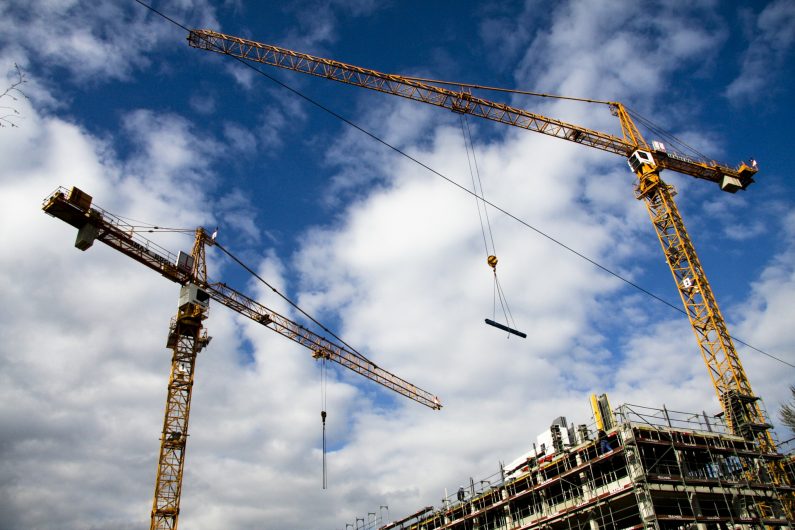Structures and Buildings Allowance: Budget 2018
For many years, although there have been capital allowances for plant and machinery that forms an integral part of buildings, there has been no tax relief for the costs of constructing most structures and buildings themselves in the UK.
The Government has announced that it wants to stimulate investments by businesses. Therefore, the Chancellor, Phillip Hammond, announced in the 2018 Budget that the government will be introducing a new Structures and Buildings Allowance (SBA) for the new non-residential structures and buildings as well as an increase in the Annual Investment Allowance (AIA) rate to £1 million for qualifying capital allowances expenditure.
As from 29th October 2018, there is now a 2% allowance, on a straight-line basis. This means that the cost of the new building or renovation will be given tax relief over 50 years in full equal instalments. However, a downside to this change is that the capital allowance special rate allowance will reduce from 8% to 6% from April 2019.
The main features of this relief include:
- Relief will be given at a flat rate of 2% per annum over a 50-year period.
- Relief will be available for new commercial structures and building. This will include costs for new conversions or renovations.
- Relief is available for UK and overseas structure and buildings where the business is within the charge to UK tax.
- Relief will be limited to the costs of physically constructing the structure or building, including costs of demolition or land alteration necessary for construction and direct costs required to bring the asset into existence.
- Relief is available for eligible expenditure incurred where all the contracts for the physical construction works were entered into on or after 29 October 2018.
- Claims can only be made from when a structure or building first comes into use.
- Land costs or rights over land will not be eligible for relief, nor will the costs of obtaining planning permission.
- The claimant must have an interest in the land on which the structure or building is constructed.
- Dwelling houses will not qualify, nor any part of a building used as a dwelling where the remainder of the building is commercial.
- Sale of the asset will not result in a balancing adjustment. Instead the purchaser takes over the remainder of the allowances written down over the remaining part of the 50-year period.
- Expenditure on integral features and fittings of a structure or building that are currently allowable as expenditure on plant and machinery, will continue to qualify for writing down allowances for plant and machinery including the Annual Investment Allowance (AIA) up to its annual limit.
- SBA expenditure will not qualify for the AIA.
- Where a structure or building is renovated or converted so that it becomes a qualifying asset, the expenditure will qualify for a separate two percent relief over the next 50 years.
As the allowance will need to pass to a buyer of the new commercial building, the amount of available relief will need to be disclosed by the seller. Buyers of new commercial buildings will need to raise this issue is pre-contract enquiries.
These rules will apply to all businesses with qualifying expenditure. If businesses are in the process of considering a capital plant and machinery expenditure programme then they may wish to delay this until 1 January 2019 so that they can obtain enhanced AIA relief from this date.
The full technical note can be read at : https://assets.publishing.service.gov.uk/government/uploads/system/uploads/attachment_data/file/752092/Capital_allowances_for_structures_and_buildings_technical_note.pdf
